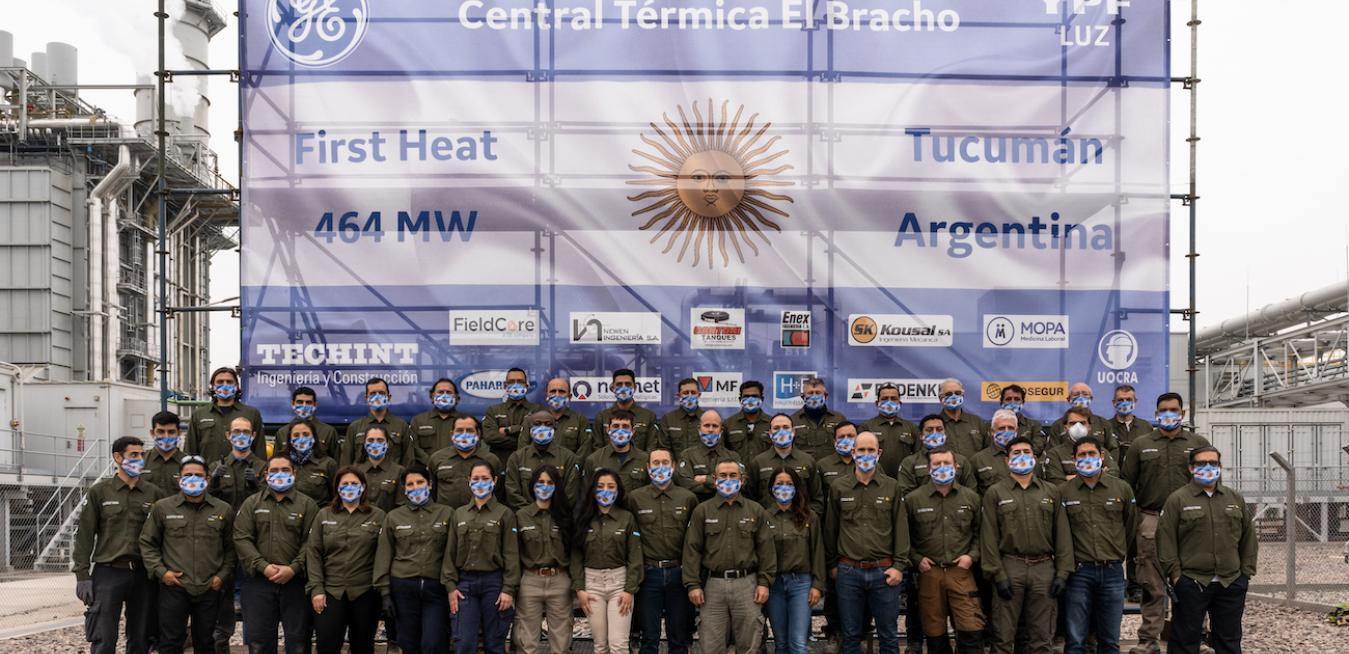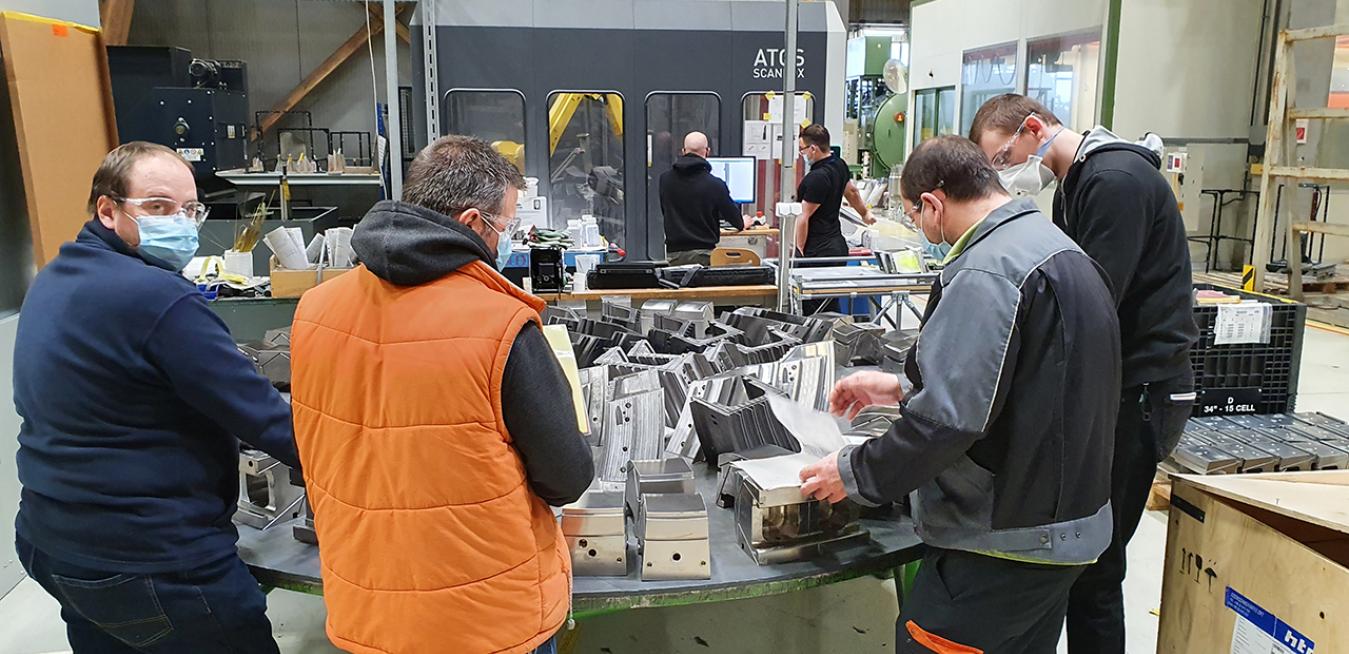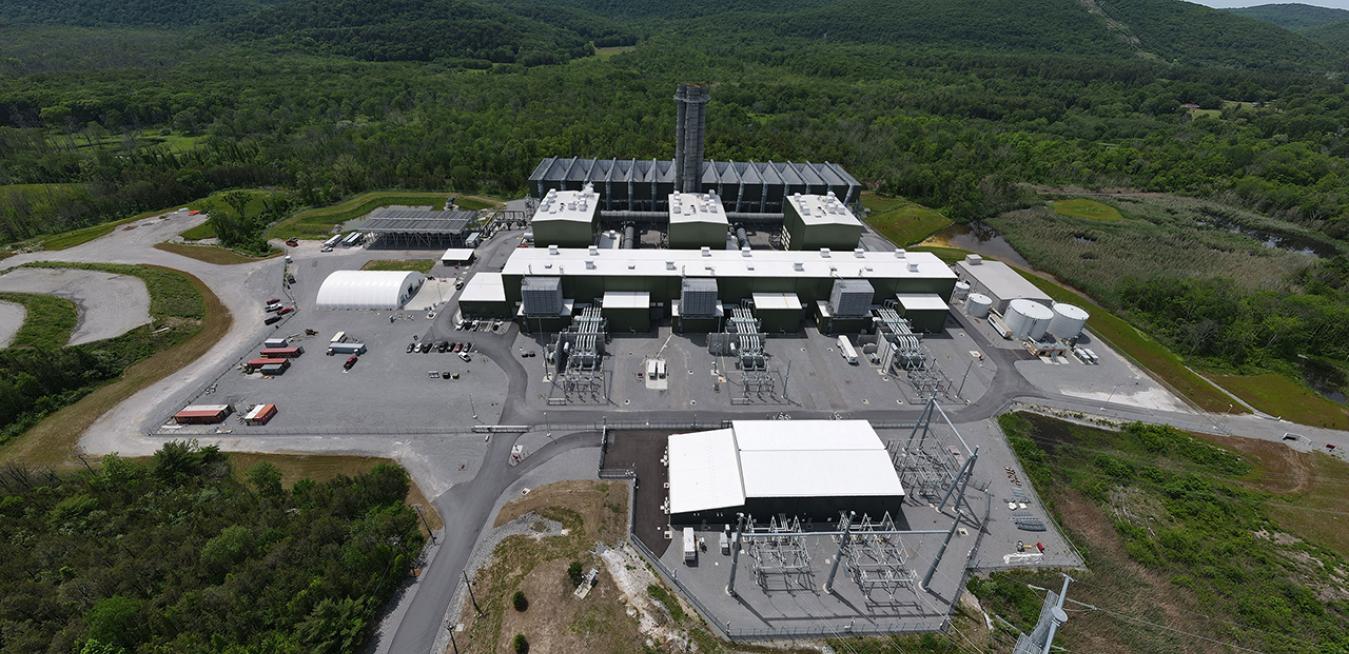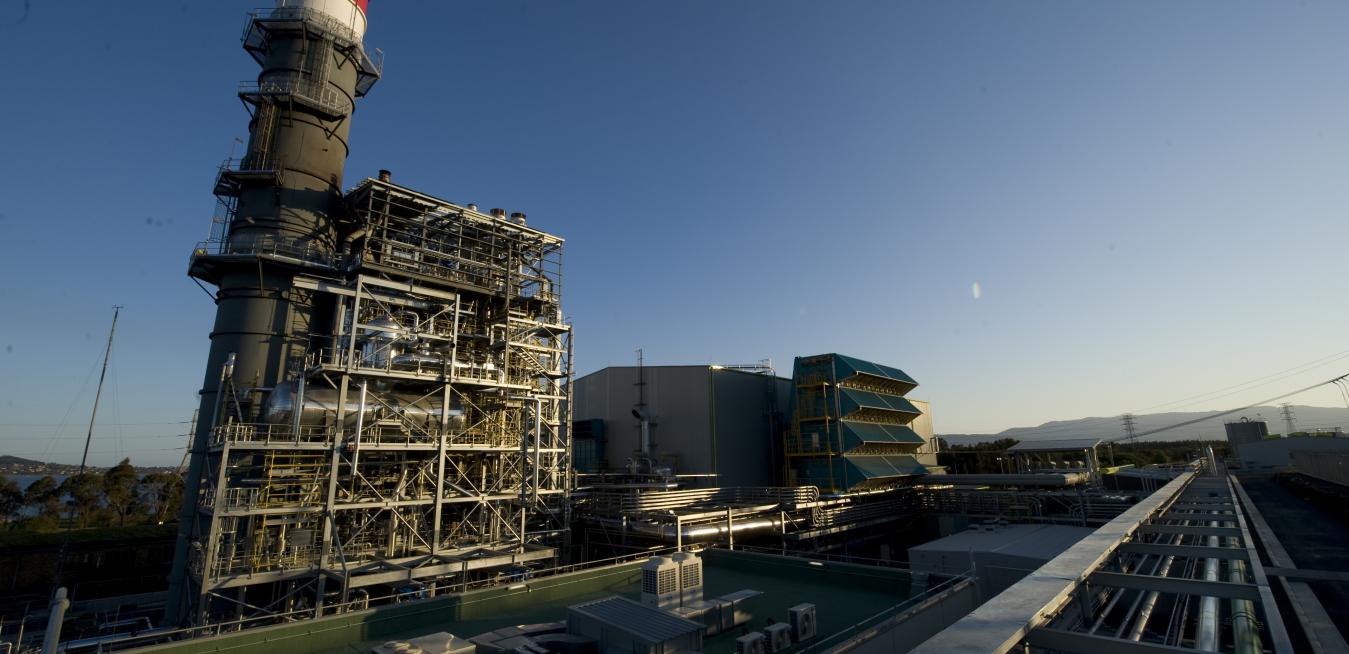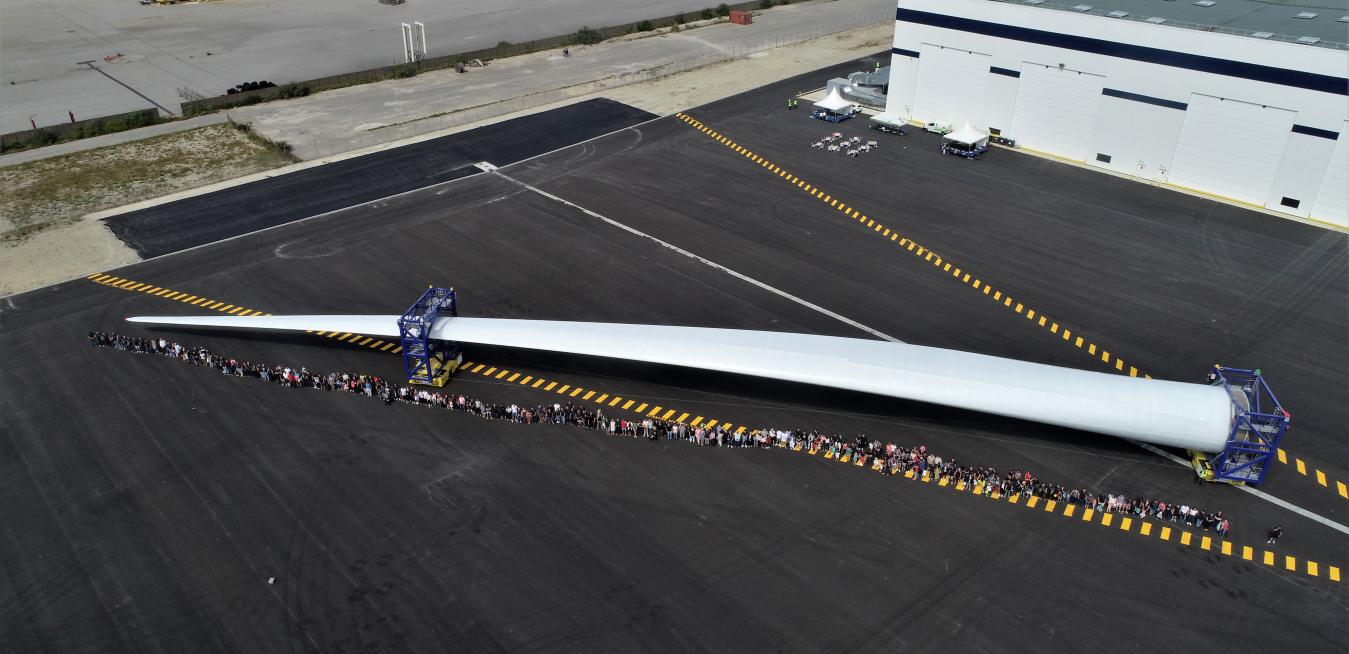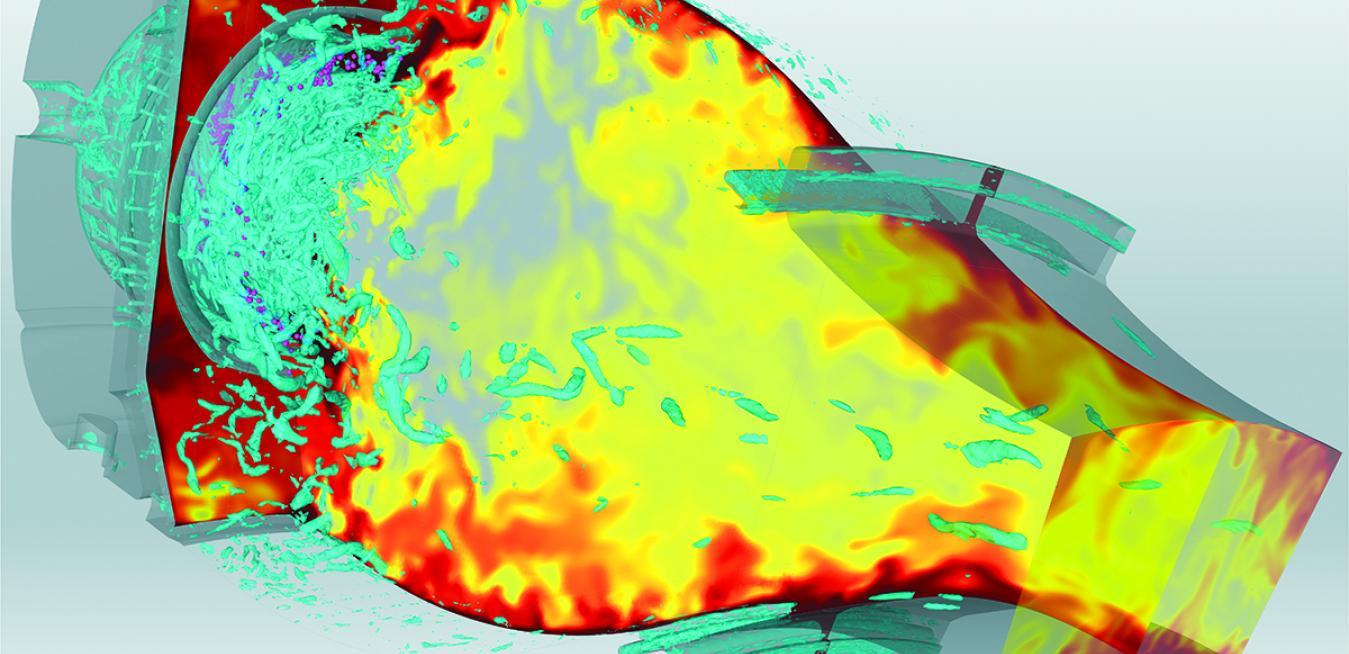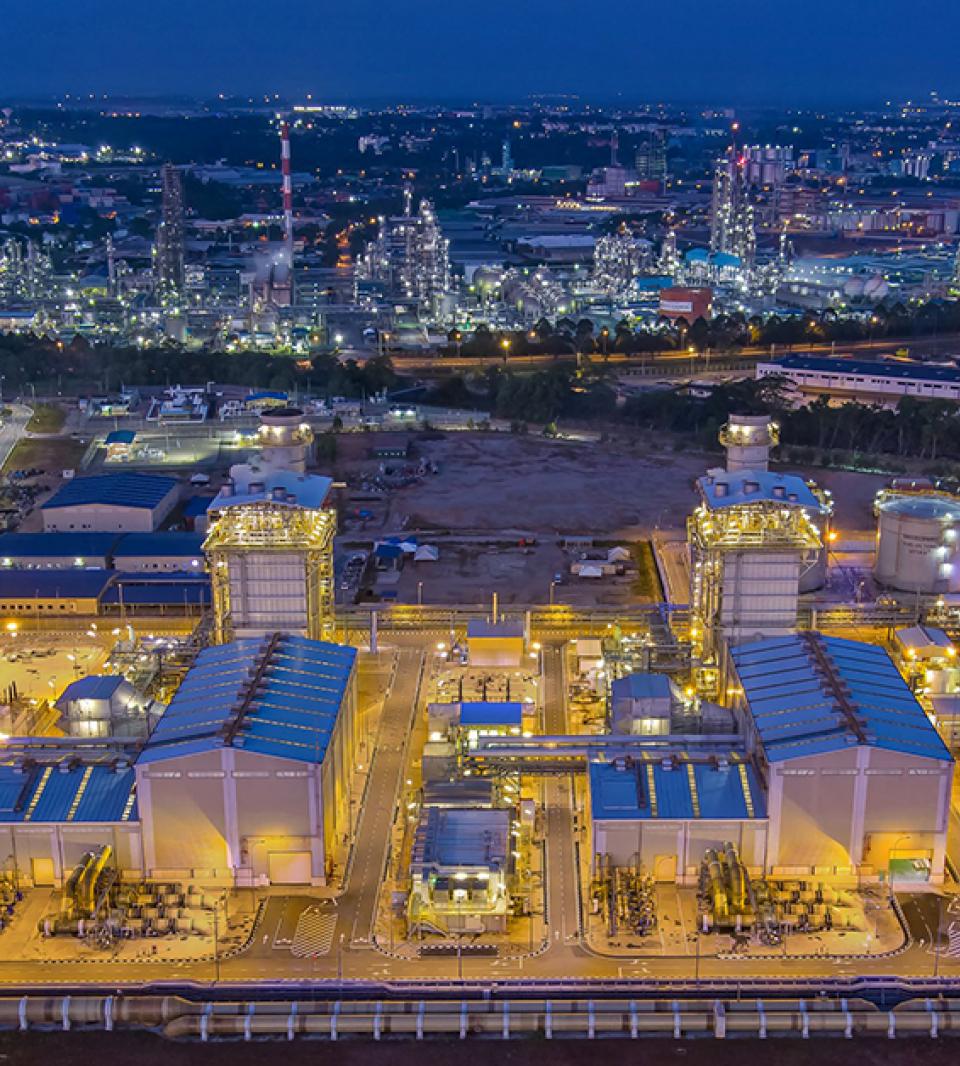МОСКВА, Россия, 29 мая 2021 г. – Сервисные специалисты компании GE осуществили комплексное сервисное обслуживание уникального по конструктивной сложности парогазового энергоблока Шатурской ГРЭС на базе технологии комбинированного цикла 109FA. Инспекция и ремонт оборудования одной из старейших электростанций России, построенной по легендарному плану ГОЭЛРО еще в начале 20-х годов XX века, были проведены всего за 26 дней.
When the Grande America, a cargo ship traveling between Hamburg, Germany, and Casablanca, Morocco, caught fire and sank off the coast of France in March 2019, all 27 people on board were able to get to safety.
In 1836, Charles Darwin visited Australia as part of the historic second voyage of the HMS Beagle. Though he didn’t make landfall on that continent’s northern coast, the Beagle’s follow-up expedition studied the shores of the Northern Territory, and the captain of the Beagle gave Port Darwin its name in honor of the father of the theory of evolution. Today Darwin is the territory’s capital, and it’s playing a role in a new kind of evolution for our species: the transition toward a decarbonized energy future.
In the 1970s, a team of researchers from the Massachusetts Institute of Technology traveled to Japan to figure out why that country’s automakers were delivering cars faster than their competitors in Detroit. Their search led them to Toyota and its Toyota Production System — a set of management principles focused on boosting safety, quality and efficiency, reducing waste and creating more value with fewer resources.
Thirty miles east of Poughkeepsie in Dover, New York, the Cricket Valley Energy Center occupies an old industrial site that was vacant for 20 years. Today, the place also points to the way of decarbonization in the energy industry.
Long reliant on coal to make electricity, Australia is increasingly looking to renewable sources like wind and solar. But generating reliable, renewable power demands shoring up the grid when the breeze won’t blow and the sun won’t shine — and natural gas power is an efficient dispatchable power that can backstop these sources, and help immediately reduce emissions from coal-fired power.
Thursday, April 22, marks the 51st Earth Day, and governments, companies, as well as ordinary people concerned about the planet’s climate are taking part in events celebrating the birth of the modern environmental movement.
Jeff Goldmeer was just a kid when he first became enchanted with the wonders of flames. “In the winter, in New York, my dad would build a fire and I would just sit and be completely fascinated,” he says. “Later, as an undergrad, when I learned that combustion was a thing and that you could study it, it really set me down the path I’m on today.”
In the five decades since the first Earth Day, the world has made much progress in understanding the perils posed by climate change and finding the solutions we need. But we are far from done. The switch to electric cars alone will force us to reimagine not only how we make electricity, but also how we distribute it.
Renewables are clearly a big part of the future of energy, but so are natural gas, energy storage, hydropower and the digital grid. Other industries, like aviation, must also decarbonize to help prevent the planet from warming.
Emerging economies in Asia face a dilemma. They need more electricity to power economic growth, but they also want to cut emissions from coal they have relied on for decades. Switching from coal to natural gas can reduce a power plant’s carbon footprint by as much as 60%, according to a recent report published by GE. Meanwhile, urban density and geography prevent them from choosing options like large-scale wind or solar farms.
